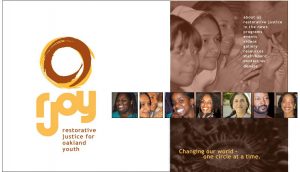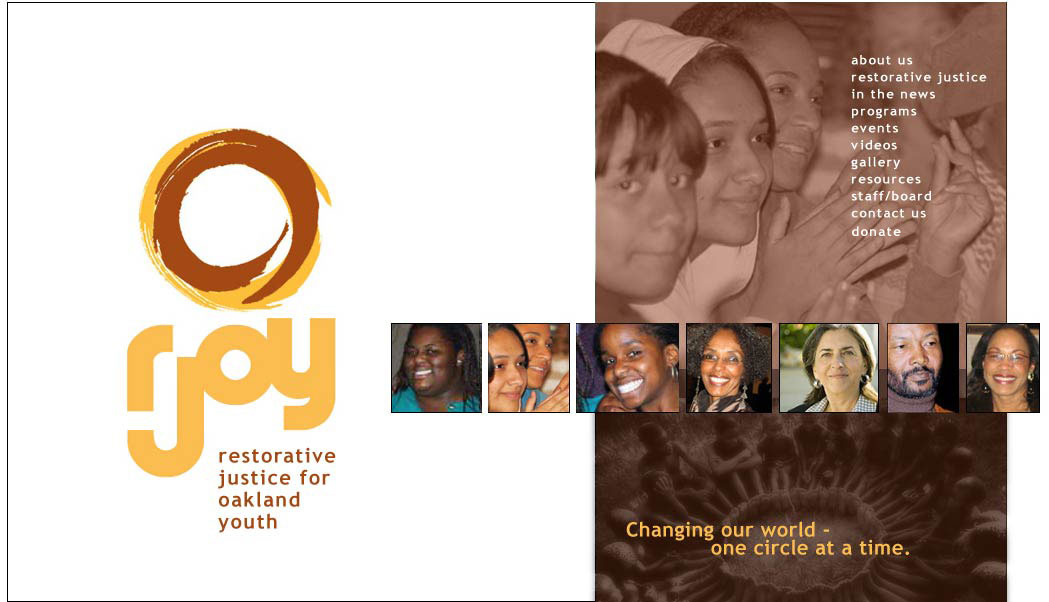
In 2015, I went through a restorative justice training in Oakland with RJOY (Restorative Justice for Oakland Youth), and I learned that it takes a community to heal a community.
When I found out that restorative justice was starting to replace suspensions and expulsions in Oakland schools, it made so much sense. Young people obviously benefit more from being called in to their communities than being shamed or exiled. By then I also understood that making sense is a kind of resistance, because our current policies aren’t designed to reduce harm. They actively destroy communities and perpetuate cycles of trauma.
What if a young person who caused harm was told that they matter, that they have it in them to make better choices, and that they’ll be supported? That’s what a restorative justice circle does, and the investment that Oakland schools have put into RJ practices has resulted in more than just a symbolic showing of care for students.
The Oakland Public Schools Restorative Justice effort has employed staff in schools whose sole purpose is to promote social and emotional health. It has created safe places for students to express themselves without shame or judgement. It has even trained and empowered students to practice calling in their peers when they face conflict, without any intervention. I wish my classmates and I had had that kind of education in school.
As a young person, I learned that punishing people and banning things were the way to solve problems in society. I wasn’t really challenged to think outside of that box. I wasn’t shown an alternative, or taught about indigenous practices, like restorative justice. It took a lot of learning and unlearning to become a harm reduction enthusiast.
Another organization I’ve trained with is the SEEDS Community Resolution Center in Berkeley. There I learned the basics of mediation, which is another restorative practice that is becoming a more popular way of settling disputes outside of court. The beauty of mediation is that it doesn’t involve an external judge or expensive lawyer – it is at its heart a safe container for a conflict to be resolved by the people affected. Mediators are trained to create and maintain this space, and it’s not an easy task. Often there are differences in power that haven’t been addressed, and painful histories, traumas, and emotions that emerge.
Like restorative justice, mediation empowers people by getting to the heart of the conflict, rather than escalating, isolating, or punishing. I see the rise in popularity of these models as extremely promising for the East Bay and any community in need of justice that empowers and heals.
